EATON Sensors
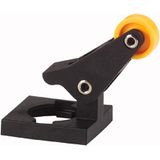
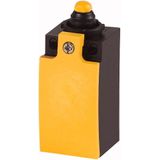
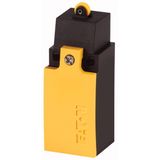
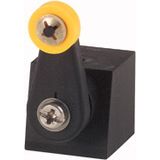
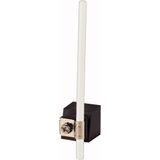
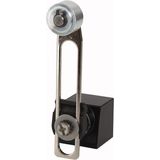
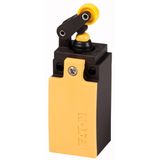
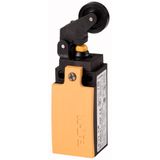
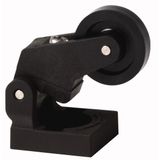
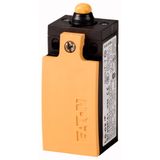
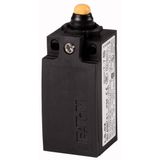
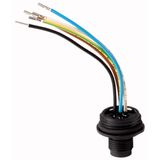
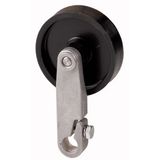
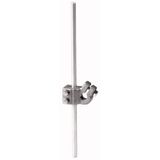
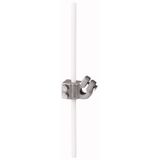
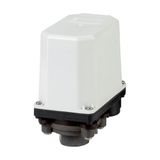
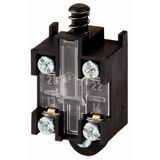
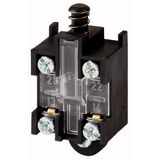
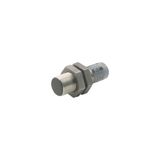
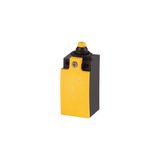
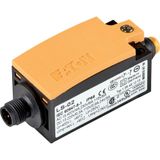
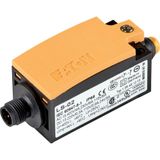
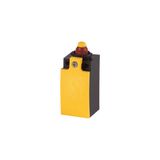
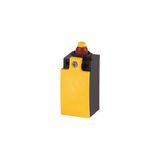
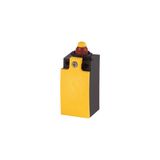
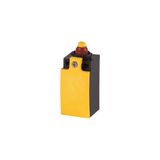
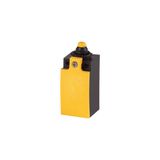
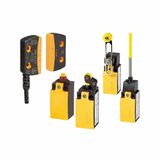
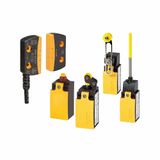
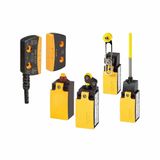
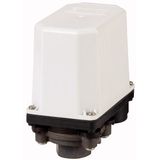
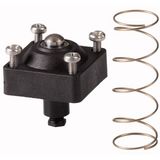
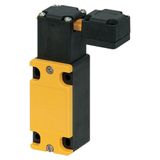
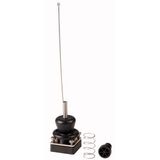
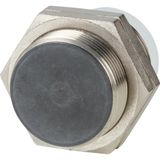
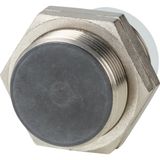
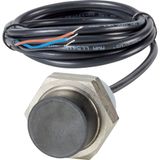
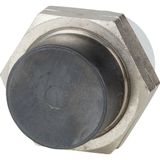
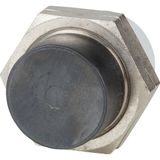
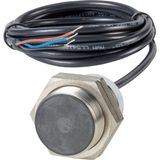
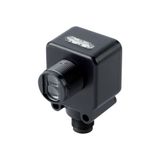
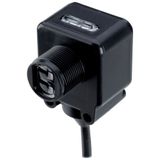
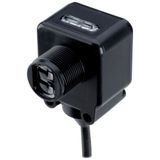
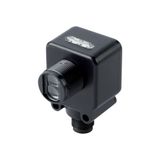
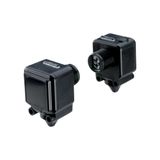
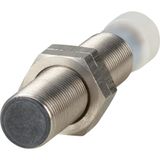
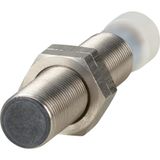
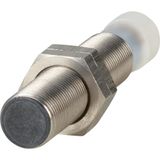
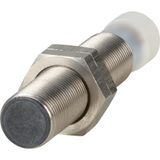
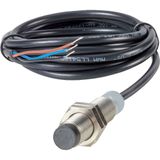
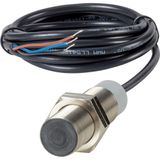
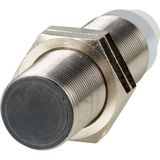
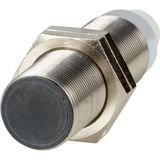
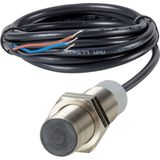
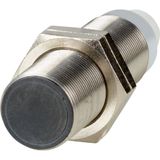
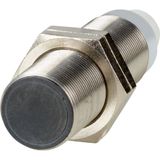
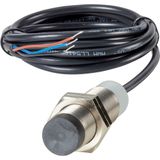
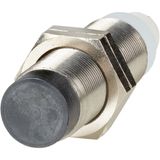
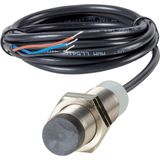
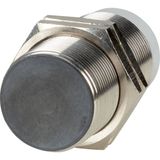
Eaton Sensors: sensing gear that doesn’t bail on you
You know the drill — you mount a sensor, it signals, you trust the reading. And then it’s years later and you’re thankful you didn’t go the bargain route. Eaton sensors detect physical phenomena — temperature, pressure, position, proximity. When they fail, your machine stops, your line stops, you get that call at 2 AM. A good sensor avoids that.
Eaton Temperature & Pressure Sensors
Heat, cold, pressure — they all shift specs. Eaton temperature sensors sit in ambient, inside control cabinets, in ducts — you pull them in, they stay stable. Pressure sensors too: you need accurate reading when system’s up to specs, not a drifting value you ignore. The point: use gear you won’t replace after six months. These parts are built for the mess. Don’t overthink it.
Other Eaton products:
Eaton Proximity Sensors & Industrial Sensing Devices
Proximity sensors — on conveyors, on machine guards, on doors. We’ve installed the Eaton E57 family: rugged housing, good sensing gap, withstands vibration. You mount it, you jog the actuator, light comes on. No weird behaviour. In the industrial line-ups, Eaton sensing devices keep their signal even when the wiring’s messy, even when the machine rattles. Good enough to trust.
Eaton Sensor Modules & Measurement Sensors
Measurement sensors: current, voltage, temperature, pressure. Modules you drop into panels so you get real data, not just “on/off”. Eaton has the lineup. You integrate them, wire them, log to PLCs. Their catalogs show technical specs, ruggedness, repeatability. In the field we mounted a module in a plant floor panel — weeks later, still reading right. Minimal fuss. That’s what saves hours.
Practical Field Notes
- Always pick a sensor whose rating covers worst-case conditions. If you’ll hit +70°C or dusty environment, make sure body’s built for that. Eaton’s documentation makes that clear.
- Mounting matters: alignment, clearance, wiring angle all affect sensor life. Use proper brackets.
- Signal wiring: avoid loops, keep shielding where needed, check that “output type” (4-20 mA, voltage) matches your controller.
- In retrofit jobs I pulled 80 m of cable, installed six inductive sensors in a noisy motor room — all calibrated, no false trips. Eaton parts held up.
Why work with us (your distributor)
We’ve got Eaton sensors in stock at our warehouse in Latvia — no weeks waiting for parts. Ship across EU: Germany, France, Netherlands, Baltics, UK, Spain. Wholesale pricing for B2B clients. We talk specs, not just “yes we have it”. You call, we know what E57 means, what 4-20 mA module fits your panel. Real field-aware support.